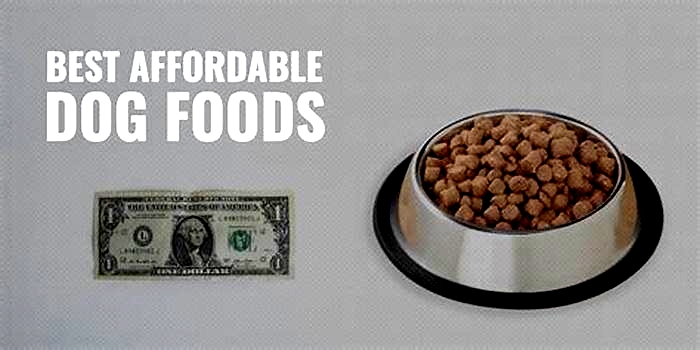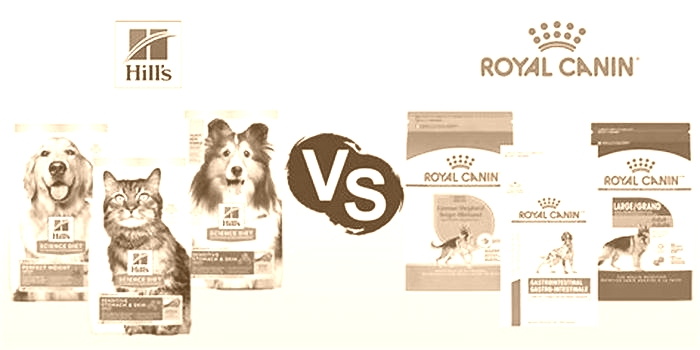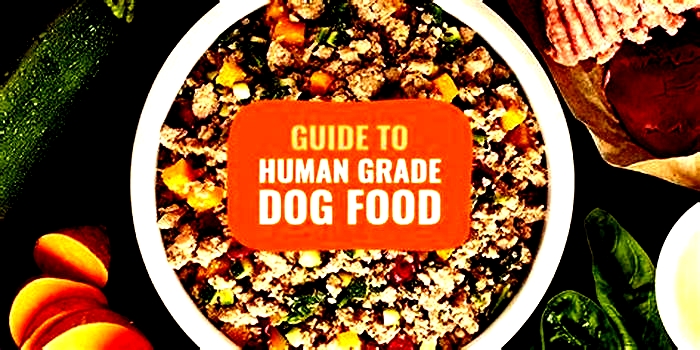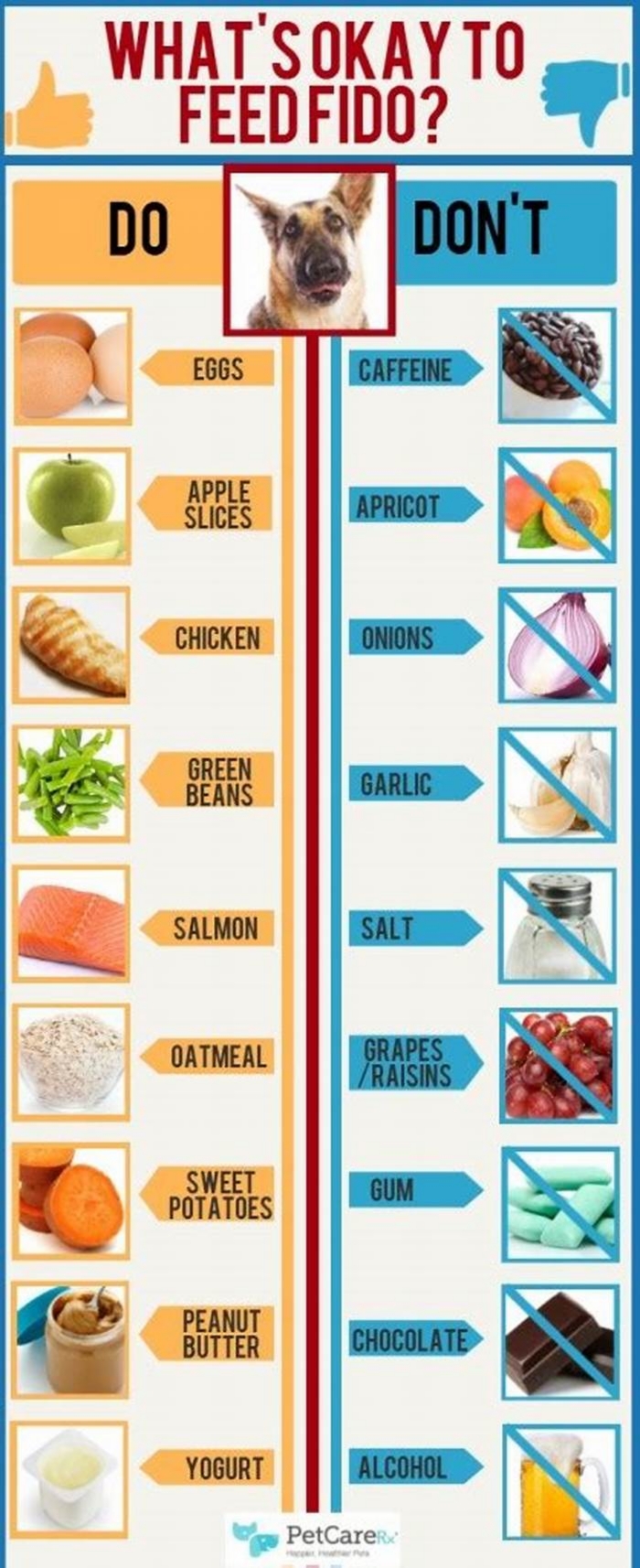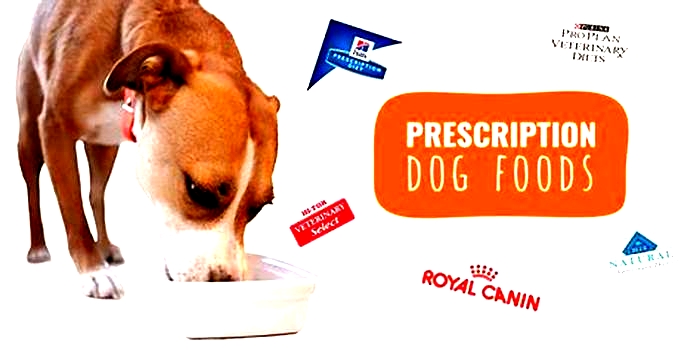Is it cheaper to cook or buy dog food
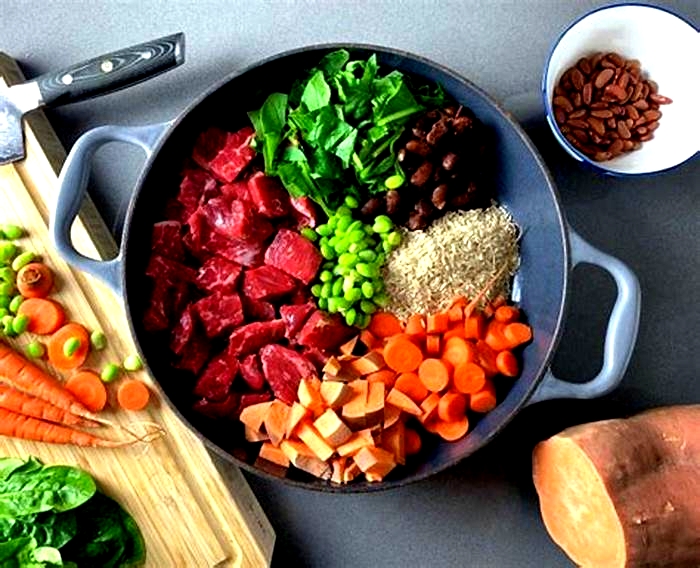
Making vs. Buying Dog Food: Our 2024 In-Depth Comparison

The information is current and up-to-date in accordance with the latest veterinarian research.
Learn moreAmericans love their pets. About 70% of US households1 have at least one, including 69 million that have dogs. The single largest annual expense for our pets is food, accounting for nearly $50 billion2 in 2021. The pet industry is no different than others that have felt the pinch of skyrocketing inflation and supply chain issues. That may leave some wondering if theyre better off making dog food versus buying it.
We understand the confusion you may feel when trying to pick the best commercial dog food for your pet, too. After all, we all want the best for our canine companions. We did a deep dive into the decision of making versus buying dog food. We weighed the pros and cons to come up with the definitive answer for the healthiest option for your pup. The answer may have some surprising twists.
A Sneak Peek at the Winner: Buying Dog Food
Buying commercial dog food is the best choice for your pet. Its hard to beat the convenience of scooping out the recommended amount or opening the right number of cans to ensure optimal nutrition. Some of our favorite brands include Royal Canin for its line of breed-specific diets. We also like Hills Science Diet for its products for pets with special dietary needs.
However, a lot more goes into choosing the pet food for your pup. Our in-depth guide will give you the lowdown on why buying dog food is a better choice than making it. Convenience isnt the only reason you should opt for this choice.
About Making Dog Food
The pet industry and owners attitudes about their animal companions have evolved over the years. Some people view their cats and dogs as household helpers for controlling rodents or retrieving game. Others see them as family members. The latter has led advertising to appeal to these emotions with products labeled natural or human-grade. The latter is only a marketing term meant to appeal to consumers.
The Wild Side
Another school of thought has pushed the idea of raw diets or homemade foods as a closer representation of a canines diet in the wild. Its essential to explore this argument further to see if it has any credence. Research suggests that dogs diverged from ancient wolves about 27,000 years ago. New evidence points to eastern Eurasia as a possible origin of where domestication occurred, but it likely happened more than once in history.
Scientists theorize that wolves fed on scraps they found or were given by early humans. Remember that these animals were competitors, with people hunting for food. Over time, the wolves that became more docile opened the door to domestication. That event had profound implications for canine biology, including their dietary needs.
Being a Carnivore
We know that wolves are carnivores or meat-eaters. Dogs have short intestines, a trait they share with cats who are obligate carnivores, meaning their diets contain 70% or more animal protein. However, our dogs have three genes that help them digest starch, which can help them metabolize plant materials. Their bodies have adapted over time to eat different foods than wolves. That means that the so-called natural or wild diet doesnt exist anymore with our pets.
Homemade Options
An internet search will turn up dozens of homemade dog food options. A common theme we saw was some type of ground meat with rice for bulk and vegetables to round out the nutrient profile. Of course, you shouldnt use ingredients that are toxic to dogs, such as onions and garlic. Many include foodstuffs youd find at the grocery store, which adds to the convenience.
Some pet owners take it one step further and provide their dogs raw diets. Again, the thinking is that it is a natural option for canines and offers more health benefits. However, scientific evidence doesnt support these claims. Many organizations, such as the FDA, CDC, American College of Veterinary Nutritionists (ACVN), and American Veterinary Medical Association (AVMA), caution against owners offering these diets to their pets.
The primary concern is foodborne illnesses, such as Salmonella and Listeria monocytogenes. That risk isnt limited to your pet, either. It also applies to anyone who prepares or handles the food. It exists with homemade recipes, too, if they are undercooked. Its imperative to prepare DIY dog food to the same minimum temperatures as you would meals youre making for your family.
- Risk of foodborne illnesses
- Time-consuming to make
- Questionable nutritional value
- Expensive
About Buying Dog Food
Of course, both humans and their canine companions existed on foods they found in the wild for thousands of years before the advent of agriculture about 10,000 years ago. Our diets and that of our dogs evolved to include different ingredients. Historical records trace back prepared foods for our pets going back to 2000 BC. The first commercially prepared products hit the scene in about 1860. The rest, as they say, is history.
Varying Nutritional Needs
Scientists have researched animal nutrition through the decades, bringing us to our current understanding of what our pets need. Humans and dogs share about 84% of our DNA. The devil is in the details. We know about the toxic foods that our pets shouldnt eat. However, there are other subtle differences. For example, humans must get vitamin C from their diets. Dogs and cats can synthesize it in their bodies.
Dogs have greater nutritional needs for vitamin K, which is reflected in the content of commercial diets. Canines also have different protein needs. Amino acids are the building blocks of these nutrients. Of the 22 known to exist, humans and dogs use 20 of them. We can synthesize some but not all of these amino acids, making them essential components of our diets. Humans need nine, whereas dogs must get 10 from their food.
Remember that the nutritional needs of our pets have evolved with domestication. Thats reflected in the foods that people offer their dogs. History tells us that it included items such as whey, bread, and barley. Over time, dogs evolved to digest these foods better. However, that doesnt mean our pets metabolize things as we do. The takeaway is that our food doesnt necessarily fulfill everything our pets need, at least not in the same way.
Food Safety
One of the strongest arguments in favor of buying dog food is its regulatory oversight. The Association of American Feed Control Officials (AAFCO) develops its nutritional profiles with the input of the FDA, which enforces them. When you buy a product, you have a reasonable expectation that its healthy for your dog. Voluntary and involuntary food recalls are the safety nets protecting you and your pet.
While the same type of regulation exists with the ingredients in homemade food, that assurance stops once you bring the items home. Youre responsible for the proper storage and preparation of your pups diet. The onus is on you to make sure its not undercooked.
- Nutritionally complete
- Regulatory oversight
- Convenient
- Tailored diets
- Questionable food options, such as grain-free diets
- Proper storage
Popular Homemade Dog Food Recipes
We looked at several options for homemade dog foods. It was hard to narrow it down to just a few. However, many start with some type of meat, often ground turkey or chicken, because of their lower fat content. Brown rice is a better choice than white because it has more nutrients and will keep your pup feeling sated longer. Other protein options include beef, lamb, and eggs. Remember our advice about food allergies.
Other ingredients in homemade run the gamut, from fruits to vegetables. We strongly urge you to avoid peas and legumes for the reasons weve discussed. Also, remember that dogs dont need vitamin C. Foods rich in the B vitamins are excellent choices since they are water-soluble. Dogs, like humans, dont store these nutrients and must get them every day.
We also suggest limiting organ meats, such as liver. Vitamin A is a fat-soluble nutrient that can build up to unsafe levels. Fruit and vegetable additions that provide some health value include pumpkin, cranberries, apples, broccoli, and carrots. You should avoid recipes that contain tomatoes, grapes, and avocados.
- Satisfaction of knowing what is in your pets food
- Time-consuming preparation
- Necessary nutrition knowledge
Popular Commercial Dog Food Recipes
The three biggest companies for dry dog food in the United States are Nestle, Mars, and JM Smucker, not the brands wed normally associate with these products. Globally, Hills Pet Nutrition usurps the number three spot. Some of Mars product lines include Iams, Pedigree, and Royal Canin. The most popular ones use familiar protein sources, such as beef, chicken, and turkey. Other options include fish and seafood.
Many products contain various grain, fruit, and vegetable additions, like barley, rice, and beets. They fulfill these nutrient requirements. Their value differs. Dry and wet foods are the most popular options for pet owners. Youll likely find that many diets exceed the recommended amount of essential nutrients. They are also catered to the weight and life stage of the pet, with varying kibble sizes to make them easier to chew.
There are hundreds of brands and diets, making it difficult to choose. Our primary consideration is that they are complete and balanced. Palatability, price, and storage options are other valid concerns. The overriding advantage is that you have choices.
- Variety of protein types
- Special formulas for differing dietary needs
- Diets for various life stages
- Affordable
Making Dog Food vs. Buying Dog Food
The humanization of the pet industry plays a significant role in dog food. You can see it in labeling that includes words such as human-grade, which weve already debunked. Its also led to alternative sources, such as raw diets and homemade preparations. As more people view their pets as family members, the industry has responded by including ingredients that appeal to owners for commercial products.
Homemade dog food sounds good in theory. You know exactly whats going into it, although concerns about preservatives are largely unfounded. Preparation is probably the biggest stumbling block, especially if you have a large dog. Its another meal to make every day if you are already doing a lot of home cooking. Commercial diets offer convenience, but storage is an issue for it to stay fresh, particularly with dry foods.
Nutritional Value
The nutritional value of your pets food is probably your greatest concern. Its an excellent way to make sure your pup stays healthy. Commercial foods get the nod on this score. Bear in mind that these companies have one or more nutritionists on staff determining the formulations. Thats particularly true with the more popular brands like Purina.
Canine needs differ from those of humans. Its not enough to whip something together. You should also research the nutritional value of any homemade recipe. The dietary requirements of your pet also vary with its life stage. For example, according to the National Research Council (NRC), a puppy needs at least 45 grams of protein per 1,000 kcal of metabolizable energy a day, whereas an adult should get at least 20 grams.
Commercial dog foods that meet the nutritional standards of the AAFCO will state that they are complete and balanced. That means they include everything your pup needs in the right amount. Youre undoubtedly familiar with the recommended daily allowance (RDA) of vitamins and minerals for people. Dogs have an additional need based on the ratio of calcium to phosphorus.
Both are essential minerals. However, proper absorption of either one depends on the correct ratio between these nutrients. The AAFCO recommends rations between 1:1 to 2.1:1. As you can see, were getting into some heavy-duty nutrition science. Thats why we recommend consulting your veterinarian instead of using a recipe published on a blog.
Safety
Safety is a concern no matter what diet you offer your pet. Thats why the FDA regulates commercial diets. The problem is that something bad has to happen first before the agency puts out a recall. However, thats the same case with homemade foods where your pet showing symptoms alert you that something is wrong.
The other concern is foodborne illnesses and we stress making sure that the foods are cooked properly to the right temperature. The problem with some conditions like Salmonella is that your pup may not show symptoms yet continue to pose a risk to you and your family. However, that caution also applies to commercial foods, particularly wet or semi-moist diets. In any case, you should pick up your dogs food 30 minutes after putting it down for them to eat in order to avoid contamination.
Again, commercial foods win on this score because of the rigorous regulations in place to protect you and your pup. Other than food recalls you dont have that same oversight with the recipes you make at home. It requires the same precautions and common sense that youd use to prepare food for your family.
Ingredients
One complaint that youll often see with a commercial diet is the list of unpronounceable ingredients that make them sound like they were produced in chemical warehouses. Its essential to understand that manufacturers often use the scientific name for the nutrients instead of the word. That doesnt detract from their dietary value.
Another criticism you may read is the use of animal by-products or meals. These foods are not inferior ingredients. Manufacturers have to adhere to the same quality standards with those items as whole meats. The AAFCO attests to their safety. Its essential to put this matter in context. When you look at the ingredient list on a pet food label, they are listed in order of weight.
However, whole poultry contains a lot of water versus concentrated fish meal. The latter may offer superior nutritional value because of its form. Its worth noting that its not a bad thing if the pet food industry uses the entire animal, either. Its an environmentally sound practice in the long run.
That doesnt mean that commercial foods are off the hook. We have two concerns. First, many manufacturers produce so-called grain-free products that are supposedly better for your pet. Unfortunately, this is not true. Even dogs need grains in their diet if just for their fiber content. Its unnecessary to produce foods without their ingredients because of health concerns. Your pup is more likely to have an allergy to animal protein than wheat.
Second, many manufacturers also use peas and legumes in their diets in lieu of traditional grains. The FDA is currently investigating a possible link between these foodstuffs and canine dilated cardiomyopathy (DCM). The concern rests mainly with the so-called boutique products that often are grain-free.
Its an unfortunate consequence of the humanization of the pet food industry that labeling is more about appealing to the owners appetite than what may or may not be the best choice for your dog. We strongly urge you to look at the nutritional value and the AAFCOs Nutritional Adequacy Statement rather than whether the food contains blueberries or carrots.
At the end of the day, we still have to give this round to commercially-produced diets with the caveat that many are not grain-free and do not contain ingredients associated with DCM.
Conclusion
Its hard to overestimate the importance of feeding your dog a healthy diet. After all, you want the best for your pup. We also understand the mindset of food-is-love and wanting to prepare your pets food. However, its a better option to leave nutrition to the experts. The manufacturers have the knowledge, experience, and expertise behind them.
Your veterinarian can give you specific recommendations on a product for your dog based on its health, activity level, and life stage. If you want to go the homemade route, we suggest consulting your vet or a canine nutritionist for the right recipe for your best friend.
Featured Image Credit:BearFotos, Shutterstock

